In wandering, and working, I’ve contemplated the siting of things. How did that get there — that building, that tree, that object? What thinking, what contemplation, in play? It might be casual, it might be intentioned, it might be the velocity of mind and ingenuity. And I’ve wondered about the sudden sighting of things, in a site. Like prepping for a meeting in Dallas and having a giant cricket jump out of my bag. I thought it was good luck. But my interpretation — of the sighting in that site — was inopportune. I didn’t win the business. But then again, the client stepped on the cricket, so perhaps there was an ill omen, prescient there.
But the notion of the nestling — that object somehow being rightly sited — is an interesting intention. There are extremes, and there are numerous examples to potential. Something low slung on a beach, whether driftwood timber, or homes amid the dunes. The hillock house, rightly positioned — at promontory, or tucked just beneath the winds. The house ringed by trees, forestbound, looking south.
In Tibet, being there, I’d spied constructions of hermit meditation lodges, pitched high in the hills. Unreachable to the foreign traveler — at least me. But I will go here — this one in Bhutan, Taktsang Monastery, the Tiger’s Nest.
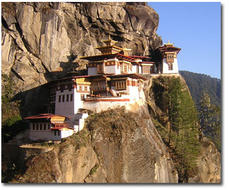
I’d thought to travel here, and one day shall, I’m hoping. Northeastern Turkey, Trabzon — Sumela Monastery:
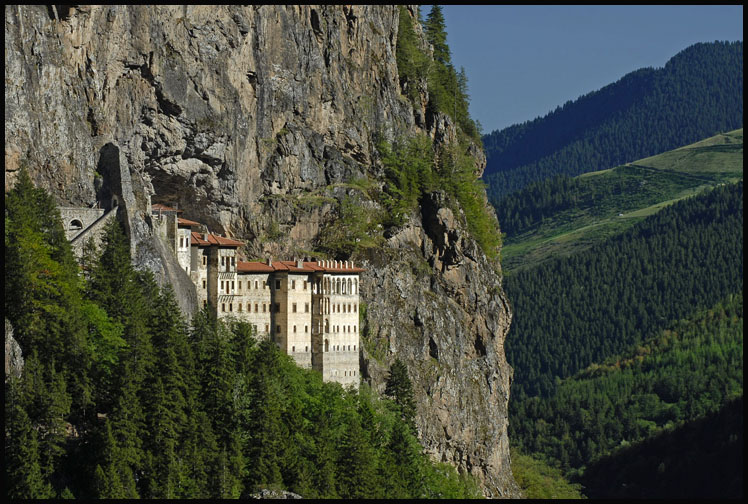
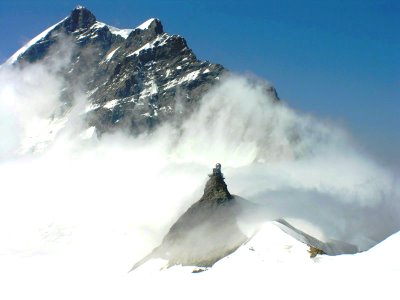
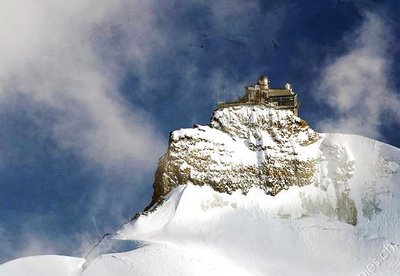
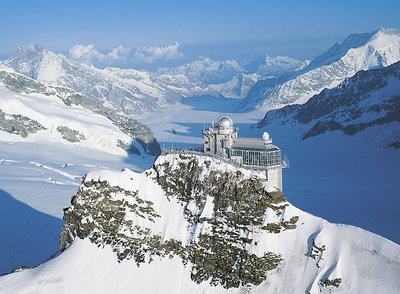
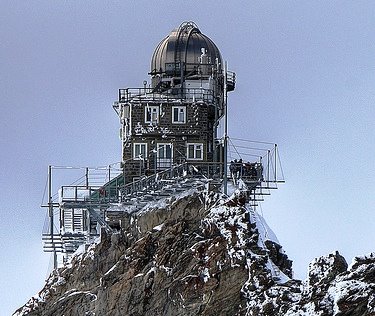

Finally, to scientific indices of observation, I think about this, the beauty there, in an object that’s designed to

another form of contemplation, still heaven bound. But this sighting, sited, is similarly magic to the contemplation and design of form, atop — nestled in nature. Even given the rather tinkered character of its construction, it somehow fits, like a crystalline stalagmite, on top of that edifice.

At an amazing 3.571 metres, the Sphinx observatory at Swiss Alps is the highest-altitude construction in Europe. The Sphinx building and observation terrace stand 117 metres above the Jungfraujoch-Top of Europe, now a World Heritage site, the first in the European alpine region.
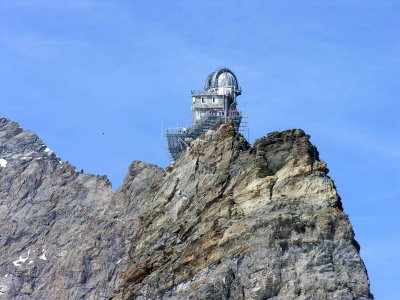


I’m sure you can think of others that stir the imagination.
What are they?
tsg | s e a t t l e
Â